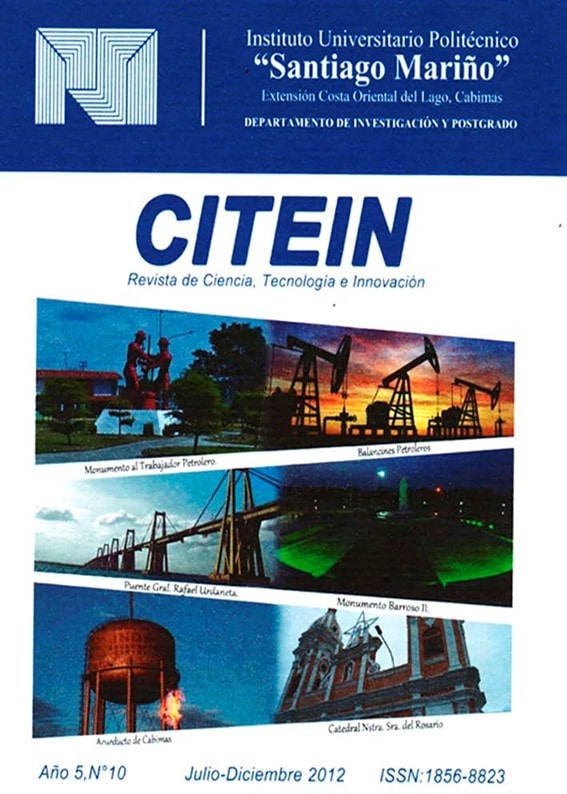THE AZOTOBACTER SP ALTERNATIVE ASFERTILIZATION IN POTATO CROP
Main Article Content
Abstract
The traditional cultivation of potato Solanum tuberosum L. in the Venezuelan Andes is highly demanding of chicken manure (10-30 t/ha), an input used as an organic amendment that, mixed with chemical fertilizers, provides the crop with the required nutrients, mainly Nitrogen (N). Its excessive and frequent use has generated various problems that concern the social, economic and ecological context, proving that it is the ideal substrate for the development of house flies, which transmit various diseases to humans, deteriorating their overall health; added to this are the few viable and economic alternatives that replace its use. Such a situation led the authors of this article to carry out an investigation to evaluate the effect of the nitrogen-fixing bacteria Azotobacter sp as an alternative fertilization in the potato crop, on a farm in the Libertador municipality of the state of Mérida, Venezuela. The hypothesis to be tested was the following: if the use of biofertilizer based on this bacteria affects the development of the potato crop, this should positively influence the chemical characteristics of the soil and its yield, achieving a reduction in production costs. In order to achieve the general objective of the research and to test the respective hypothesis, a test was carried out based on the experimental design of randomized blocks with three replications for each fertilization treatment used (T1: control, T2: biofertilizer; T3: chicken manure mixed with chemical fertilizer), which made it possible to have information on the chemical properties of the soil and the crop yields; likewise, the interview technique was applied to estimate the production costs and the obtaining of additional benefits from the use of Azotobacter sp. In general, the results obtained allow us to affirm that the application of biofertilizer: (a) increases the content of Ammonium and organic matter in the soil, which could be a source of available Nitrogen reserve; (b) allows for a potato crop yield that is within the average found in the study area with traditional fertilization (25 – 30 t/ha); (c) enables a considerable reduction in production costs; (d) provides additional benefits that are palpable in the environment, in health, and in the relationship between man and plant and the environment. These results mean that the use of biofertilizer based on Azotobacter sp is an agroecological alternative to contribute to the sustainable development of tropical agroecosystems.
